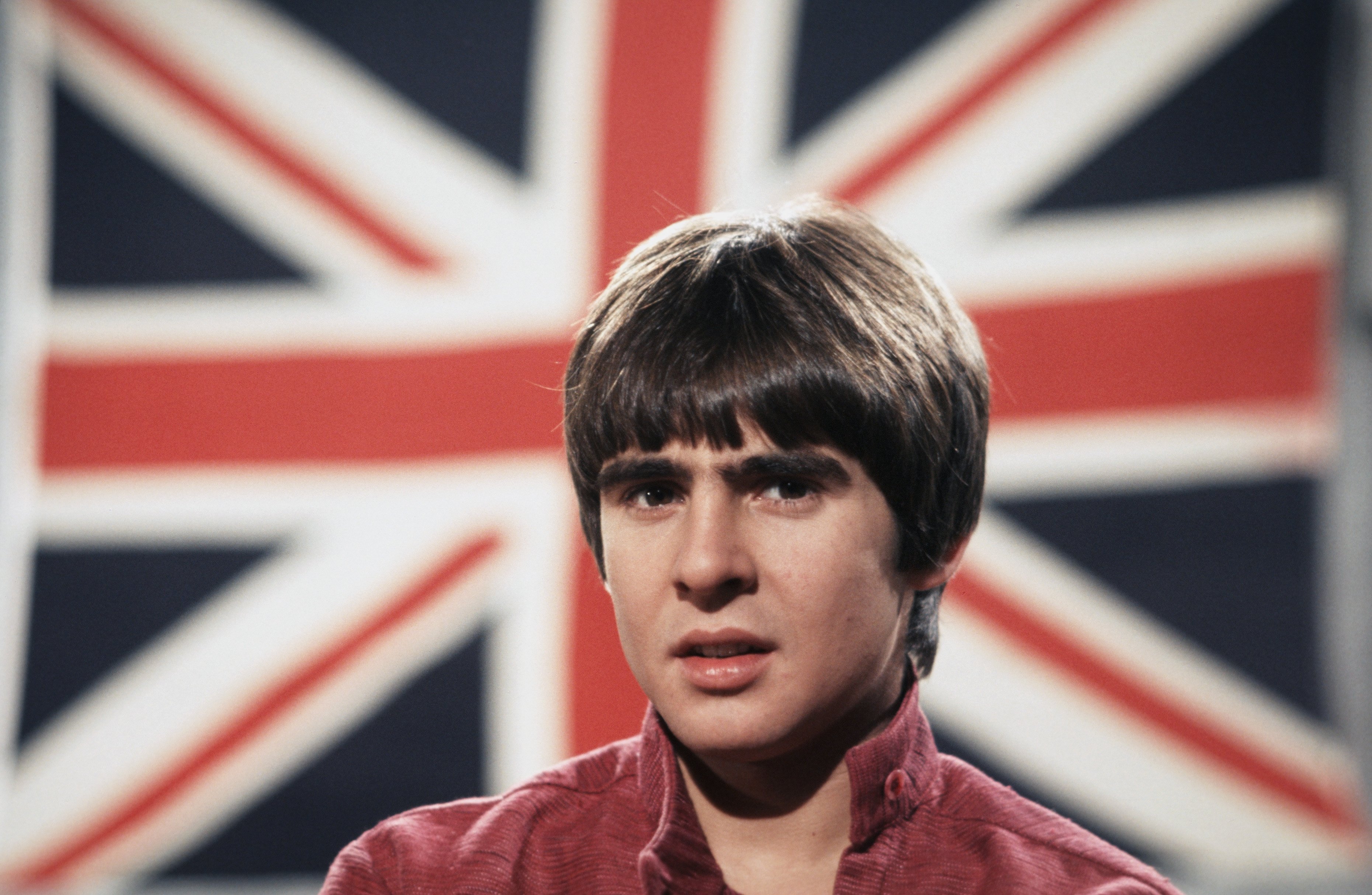The Inspiration Behind the Monkees Hit Davy Jones Didn’t Understand
For a bubblegum pop group, the Monkees could be rather oblique. Their film Head is famously surreal. In addition, some of their songs have lyrics that are hard to understand.
The Monkees’ music was a product of its era. In the 1960s, bands like the Byrds and the Beatles were having hits with odd lyrics and the Monkees’ catalog reflect that. In fact, Davy Jones himself didn’t understand the meaning of one of the Monkees’ biggest hits.

The Monkees song inspired by a lazy day
“Daydream Believer” is one of the Monkees’ most enduring songs. Jones’ spirited singing and the song’s piano riff are memorable. However, what on earth is it about? Who is Jean and what’s all this talk of a bluebird and a six o’clock alarm?
The song’s writer, John Stewart (not to be confused with the pundit of the same name) intended the song as part of a trilogy. He told American Songwriter “I remember writing ‘Daydream Believer’ very clearly. For some reason I was writing songs all day, every day…I remember going to be thinking, ‘What a wasted day — all I’ve done is daydream.’”
Stewart’s unproductive day led him to write “Daydream Believer.” The song’s inspiration — Stewart’s daydreams — explains why some of the imagery in the song is nonsensical. Stewart was later upset when the Monkees’ version of the track changed a single word of the original song.
How Arista Records changed the lyrics of ‘Daydream Believer’
Stewart recalled “I never thought it was one of my best songs. Not at all. And then when I heard the Monkees do it, I said, ‘My God! The line was supposed to be, ‘You once thought of me as a white knight on his steed/now you know how funky life can be.’ You know, after the wedding how things can get funky?”
However, the lyrics were changed to “Now you know how happy I can be.” According to Stereogum, this is because the Monkees’ record label Arista Records, didn’t like the use of the word “funky.” It’s notable the song was released before funk hit its peak popularity in the 1970s.
The impact of ‘Daydream Believer’

The hit version of the song didn’t reflect Stewart’s original intent, however, it proved quite lucrative. According to the book More Songwriters on Songwriting, Stewart lived off royalties from “Daydream Believer” for over twelve months. More money started rolling in when Anne Murray covered the song years later.
Stewart isn’t the only only one who had some issues with “Daydream Believer.” According to Mental Floss, Jones wasn’t sure what it meant. Part of this was because, as an Englishman, he wasn’t familiar with the term “homecoming queen.” In addition, he had to sing the song in a key with which he was not comfortable. After the song became a hit, Jones decided the song might not have been so bad.


